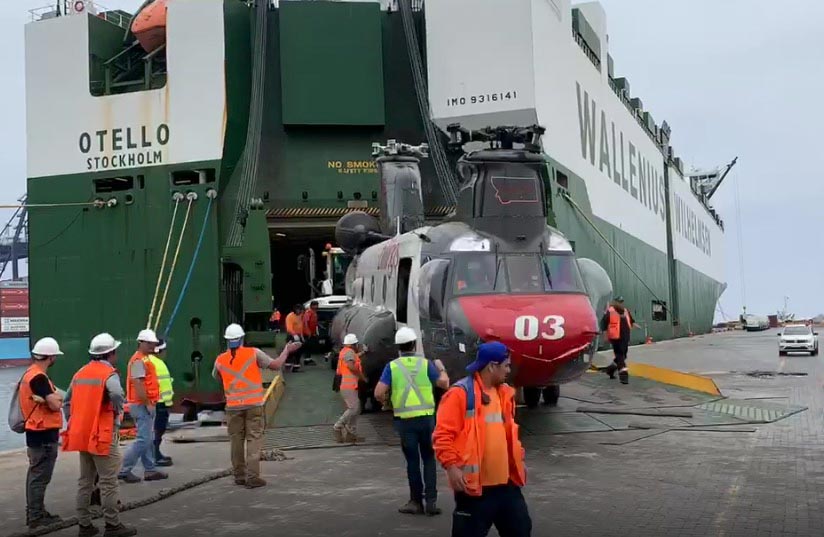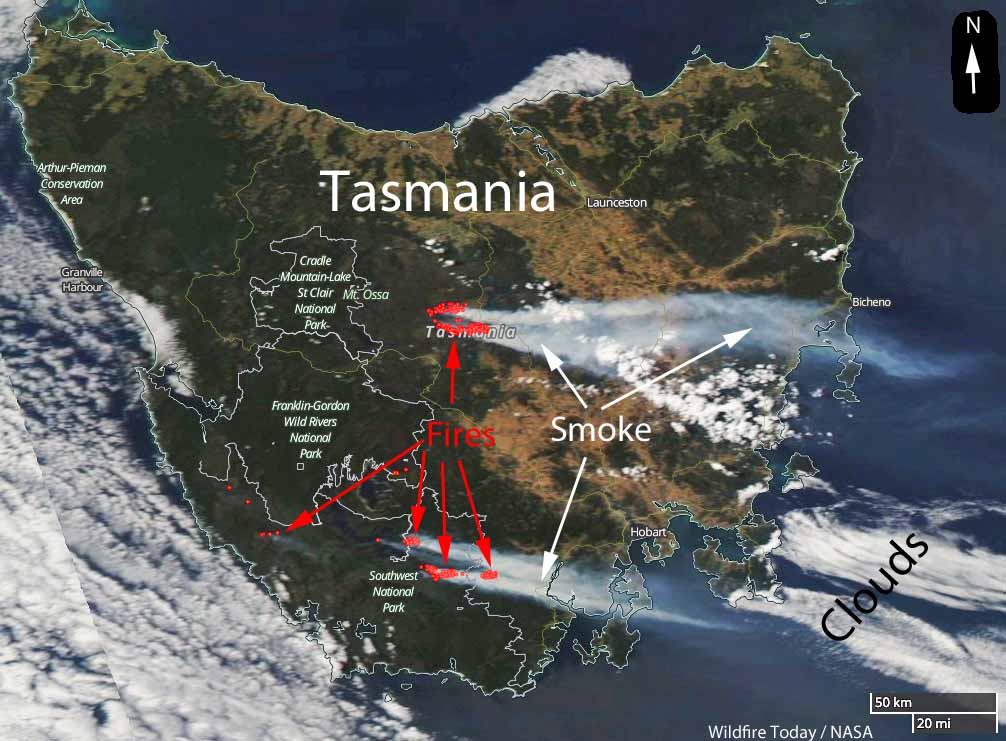(This article first appeared at FireAviation.com)

One of 10 Tanker Air Carrier’s DC-10 very large air tankers is en route to Chile. Tanker 910, N612AX, departed from San Bernardino, California Wednesday. It made a stop at La Aurora International Airport in Guatemala later in the day, and information on Flight Aware appears to indicate that it will also stop at Pisco, Peru.
John Gould, President of 10 Tanker said the aircraft is expected to arrive at Santiago, Chile early Thursday morning. He said it will be working for the National Forest Corporation, or CONAF (Corporación Nacional Forestal), which is a Chilean private, non-profit organization, through which the Chilean state contributes to the development and sustainable management of the country’s forest resources. CONAF is overseen and funded by Chile’s Ministry of Agriculture. There is no one governmental agency that has the authority, responsibility, and resources to manage wildfires in the Country.
On Tuesday Chilean President Sebastián Piñera declared a state of catastrophe in some regions of the country due to unusually hot weather and numerous wildfires. Below is an excerpt from Prensa Latina:
[Undersecretary of the Interior, Rodrigo] Ubilla said that this extreme measure seeks to strengthen the network of logistical support to deal with these disasters, and that these commanders will be responsible for ‘controlling public order, operationally support the tasks of prevention, fire fighting and adopt all necessary measures to avoid risks to the population.
More than 8,000 hectares [19,000 acres] of forests and pastures have already been burned by flames, dozens of homes have been destroyed and hundreds of people evacuated, according to reports from the National Forestry Corporation (CONAF) and the National Emergency Office of the Ministry of the Interior (ONEMI).
Two years ago Global Supertanker’s 747 very large air tanker spent a month or so fighting fires in Chile working out of Santiago. Andrea Avolio, a vice president of the company, said their aircraft is presently down for several weeks undergoing heavy maintenance. She said the company has not received any inquiries from officials in Chile about it being deployed.
Dan Snyder, CEO and President of Neptune, said he has recently had some informal discussions with folks in Chile but no orders have been placed. Neptune sent one of their BAe-146s, Tanker 03, to Concepción, Chile two years ago at the same time the 747 was farther north in Santiago.
A spokesperson for Aero-Flite said as far as she knew the company has no plans to send one of their RJ85 large air tankers to South America. Currently three of them are working in Australia.
Last month an IL-76 airplane hauled a Kamov Ka-32A11BC helicopter to Chile to fight fires. And on Christmas Eve Billings Flying Service unloaded one of their CH-47D Chinooks off a ship in Chile.






